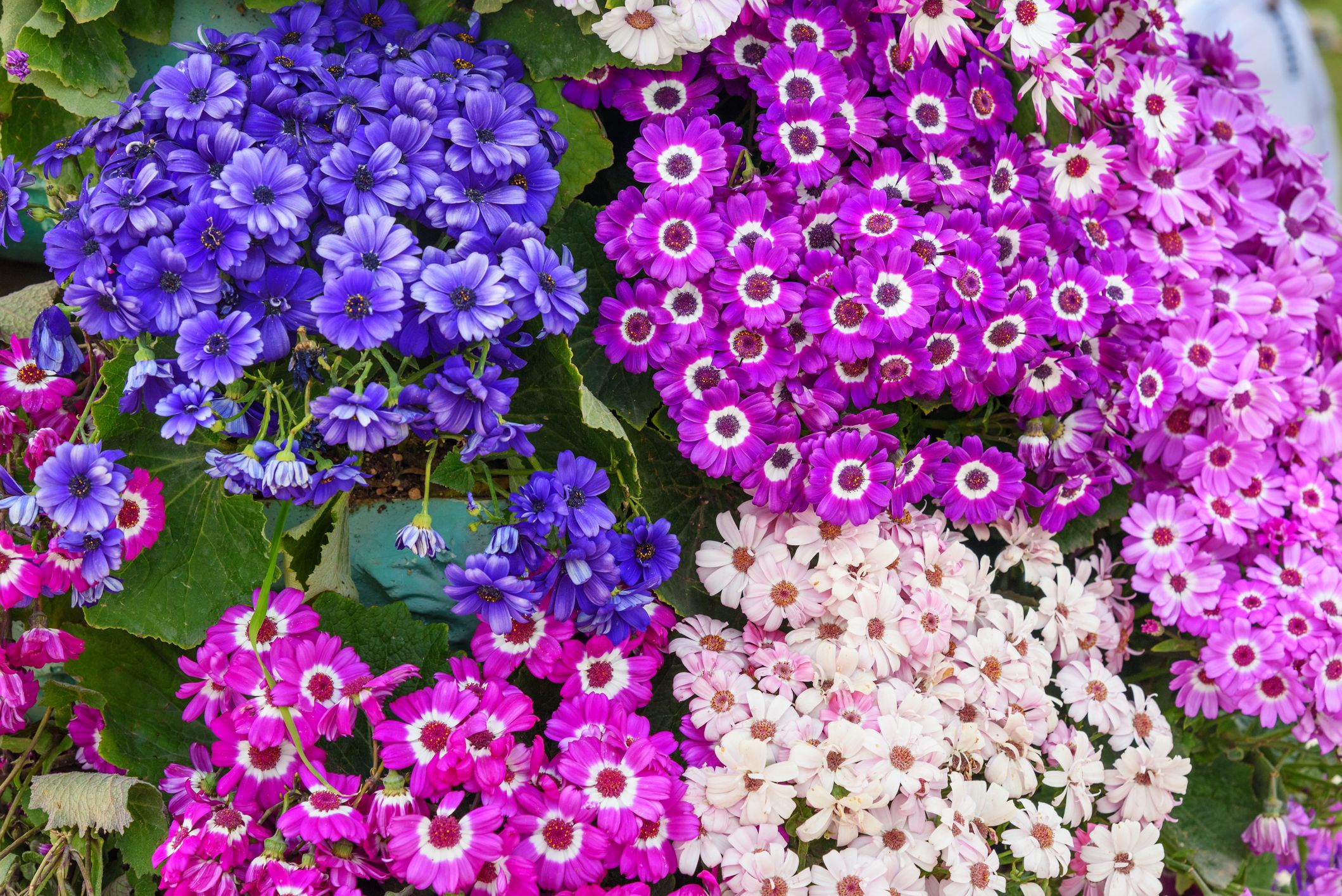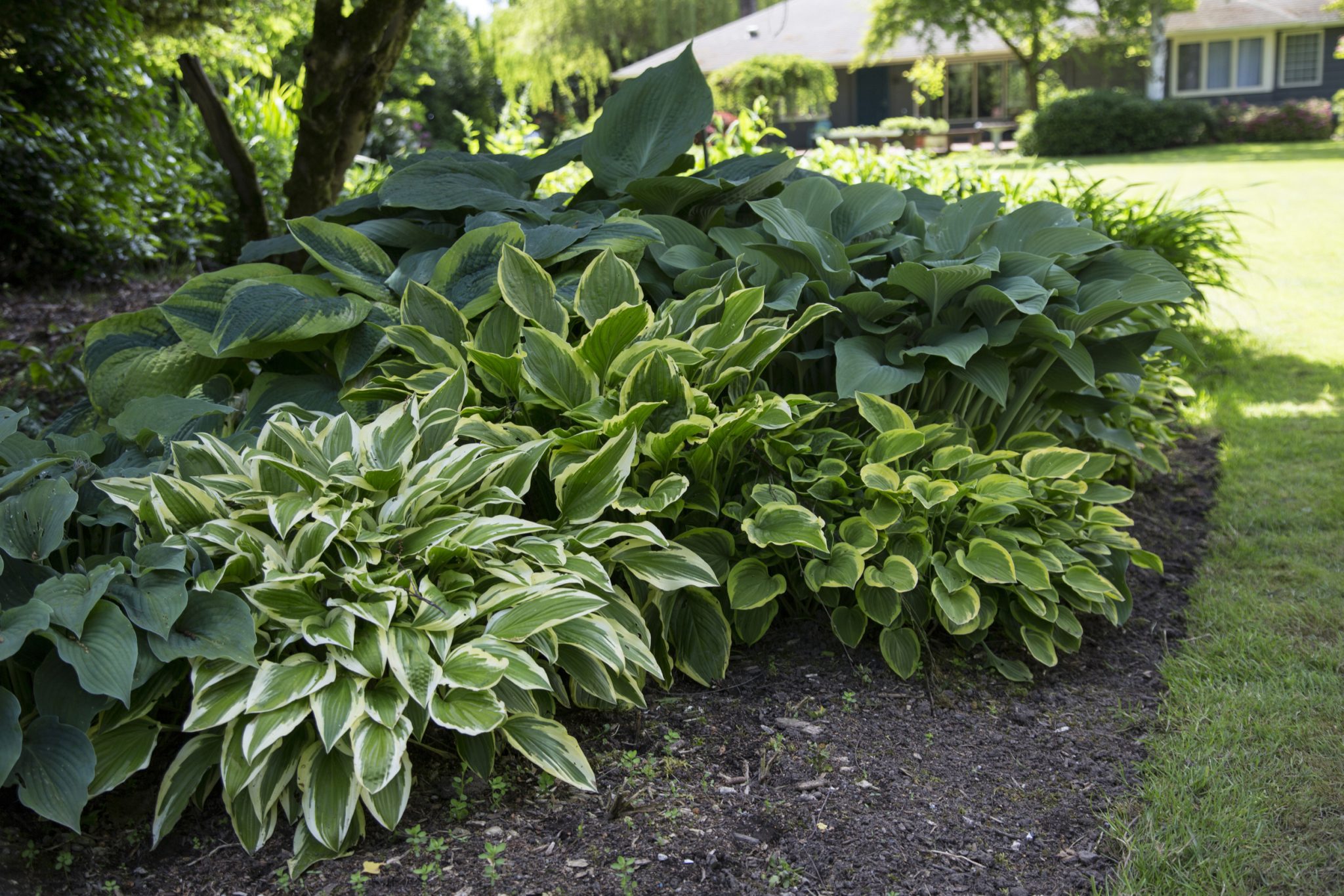Shade plants from seed offer a unique opportunity to create vibrant gardens in areas with limited sunlight. Whether you’re looking to add a touch of greenery to a shady corner or create a lush understory beneath trees, this guide will provide you with all the information you need to successfully grow shade-loving plants from seed.
In this comprehensive guide, we’ll explore the factors to consider when selecting shade-tolerant plant seeds, provide tips for preparing seeds for sowing, and discuss specific techniques for growing shade-loving plants. We’ll also cover essential care and maintenance practices, including watering, fertilizing, mulching, and pest and disease control.
Seed Selection and Preparation

When selecting shade-tolerant plant seeds, consider factors such as the amount of shade in your garden, soil type, and climate. Opt for species specifically labeled as “shade-loving” or “shade-tolerant.” Some popular choices include hostas, ferns, hellebores, and impatiens.
Seed Preparation
Certain seeds may require specific preparation techniques to enhance germination. Stratification involves exposing seeds to cold, moist conditions to mimic winter conditions, breaking dormancy. Scarification involves weakening the seed coat mechanically or chemically, allowing water and oxygen to penetrate.
Sowing and Growing Techniques

To ensure successful germination and growth of shade-loving plants, it is essential to provide suitable soil conditions and planting techniques. These plants thrive in well-drained, moist, and organic-rich soil. Ideal pH levels vary depending on the specific species, but most prefer slightly acidic to neutral soil.
When sowing seeds, it is important to consider the optimal planting depth. For most shade plants, the seeds should be sown shallowly, just below the soil surface. Deeper planting may hinder germination and seedling emergence. To facilitate proper drainage, raised beds can be used in areas with poor soil conditions.
Companion Planting
Companion planting is a beneficial technique that involves planting shade-loving plants alongside other compatible species. This approach offers several advantages, including improved soil fertility, enhanced pest control, and increased biodiversity. Suitable companion plants for shade gardens include ferns, hostas, and woodland wildflowers. These plants help create a favorable microclimate that supports the growth and health of shade-loving species.
Plant Care and Maintenance: Shade Plants From Seed
Nurturing shade-loving plants requires meticulous attention to their specific needs. Watering, fertilizing, and mulching play crucial roles in maintaining their health and vigor. Additionally, effective pest and disease management is essential in the shaded environment, and overwintering strategies are vital for survival in cold climates.
Watering
Shade plants generally prefer consistently moist soil but are susceptible to root rot if overwatered. Allow the top inch of soil to dry out before watering deeply, ensuring the water reaches the roots. During hot, dry periods, increase the frequency of watering to prevent wilting.
Fertilizing
Fertilize shade plants sparingly, as excessive nutrients can promote excessive growth and weaken their resistance to pests and diseases. Use a balanced fertilizer diluted to half strength during the growing season, and avoid fertilizing in late fall or winter.
Mulching, Shade plants from seed
Mulching around shade plants provides numerous benefits, including moisture retention, temperature regulation, weed suppression, and nutrient enrichment. Use organic materials such as shredded bark, compost, or pine needles, applying a 2-3 inch layer around the plants.
Pest and Disease Control
The shaded environment can favor the development of certain pests and diseases. Regular inspection and prompt treatment are essential to prevent infestations and infections. Use organic pest control methods whenever possible, such as insecticidal soap or neem oil. For diseases, remove infected plant parts and improve air circulation by thinning out dense foliage.
Overwintering
In cold climates, shade-loving plants may require protection from freezing temperatures. Mulch heavily around the base of the plants, and consider erecting a temporary shelter or covering them with burlap or frost blankets. Water the plants deeply before the first hard freeze to help insulate the roots.